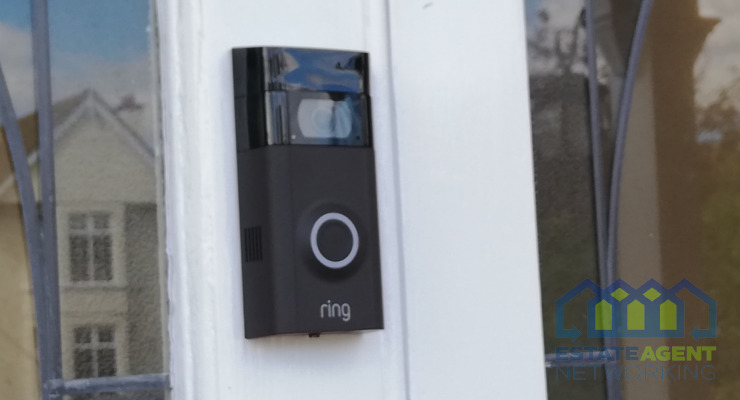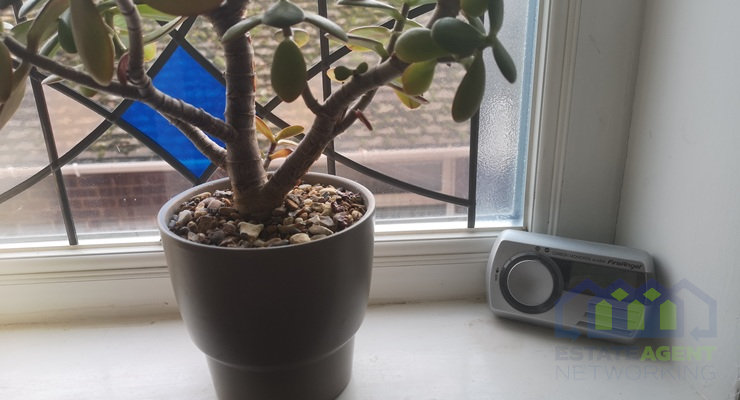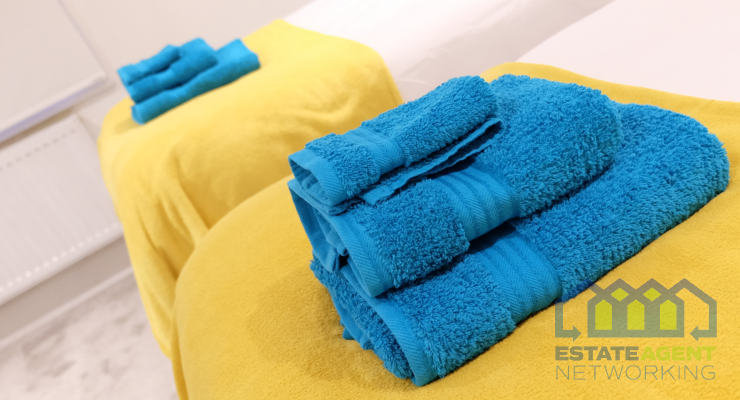2022 PropTech Security and Building Automation Trends
Several exciting trends are emerging in the PropTech, security, and building automation sectors. Building owners and managers are adopting access control solutions, reducing maintenance costs, and enhancing hygiene standards while providing better experiences for tenants and consumers.
The health crisis triggered a slump in the European commercial real estate sector. But technology is helping to get back on track. Here are four significant trends in PropTech, security, and building automation that estate agents and consumers alike should know about.
Integrating a property’s cybersecurity and physical security for tenant security
In the past, many considered cyber security and physical security miles apart. As a result, departments handling these functions were separate and would seldom collaborate.
Due to the advancement and proliferation of technology, it has emerged that the two are deeply interdependent. Effective physical security systems enable managers of buildings to protect data at every possible touchpoint. It prevents devices connected to the network from being used as attack tools.
On the other hand, cyber security solutions enable the entrenchment of role-based access to different sections of the building. It also allows the use of complex network controls that aid organizations in better understanding user activity. You can trust sapphire.net for the best cyber security services in the Uk.
By integrating these risk management strategies, building managers can adopt superior and user-friendly security solutions. In addition, integration makes it easier to:
- Confirm a person’s identity because both security functions rely on one database.
- Reduce the chances of theft. In an integrated system, an unauthorised user cannot tailgate a stolen or misplaced access card.
- Consistently apply the best IT management and physical security practices across different departments or sections of the building.
Adoption of touchless and hygiene-based technologies
The pandemic has birthed a new buzzword in the industry – the clean building. Health measures forced building managers to adopt options to assure the health and wellbeing of tenants and occupants. At the top of considerations were touchless and hygiene-based technologies.
Many buildings have touchless screening booths and check-in stations to facilitate health control and enhance physical security. The stations and booths come equipped with instruments like thermal scanners, no contact sign-in apps for the visitors, and employee QR codes, among other technologies.
Building managers are also taking out items like doorknobs which are known hotbeds for the virus. They are replacing them with tech solutions such as QR codes to reduce touchpoints for visitors and restrict geographic access. It is a win-win solution boosting physical security and hygiene.
Adopting touchless technologies is a big plus. It reassures them of their safety and gives them a competitive edge. According to a survey by McKinsey, touchless technologies help businesses win customers’ trust. Building managers will leverage the increased need to provide a healthy workplace to boost security and consumer confidence.
Integrating technologies to create a “smart” building
Now that we have a vaccine – and many are now fully inoculated against COVID-19 – market players expect people to stream back into commercial spaces. As the numbers increase, the fundamental questions building managers are grappling with include:
- How can we provide high-quality and flawless experiences to entice our tenants back into the office?
- What practical and efficient solutions can provide visitors with exceptional experiences while ensuring superior hygiene standards and physical security?
- How will we manage occupancy levels, person-to-person interactions and boost awareness to reduce the risk of transmission?
Wireless IoT sensors and Smart building solutions provide an excellent solution. The primary association is enhancing facility efficiencies, especially regarding energy solutions. However, smart building solutions can go beyond this. They can help owners and building managers augment physical safety, health management, and visitor management technologies.
For example, anonymous presence detectors and people counting sensors can assess occupancy density and control access. In addition, smart cameras with temperature sensors, automatic UV light triggers, and robots will enhance awareness and high hygiene standards.
Automating building management triggers based on access control events
Building management systems help to monitor and control the functioning of mechanical and electrical equipment in a building. They help owners and building managers have more precise control and provide an avenue for automation.
Owners and building managers are increasingly adopting business management systems with powerful analytical software. By automating building management triggers based on access control events, owners and managers can:
- Control the “bigger” picture concerning the building’s operation, security, and hygiene.
- Streamline and standardise internal systems like security, hygiene, and occupant density in common areas.
- Improve efficiency across different sections and campuses.
A final word on PropTech security and building automation trends
The above trends are not only limited to tackling post-pandemic building management challenges. They meet the modern consumers’ imminent needs. Plus, building managers can further leverage these trends to boost other business needs like improving space efficiency. As a result, we expect to see more devices and reduced human touch in the management of buildings.









